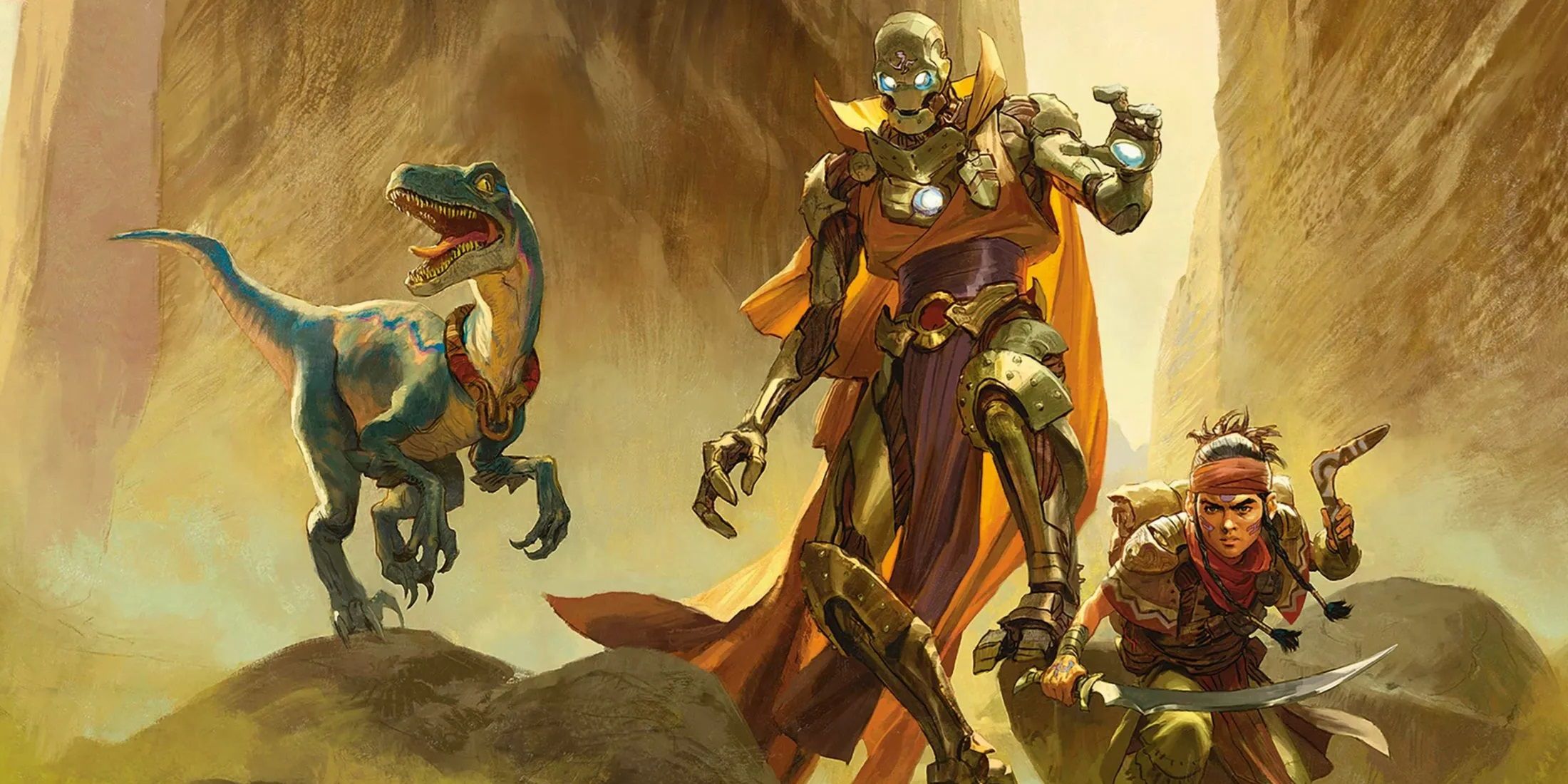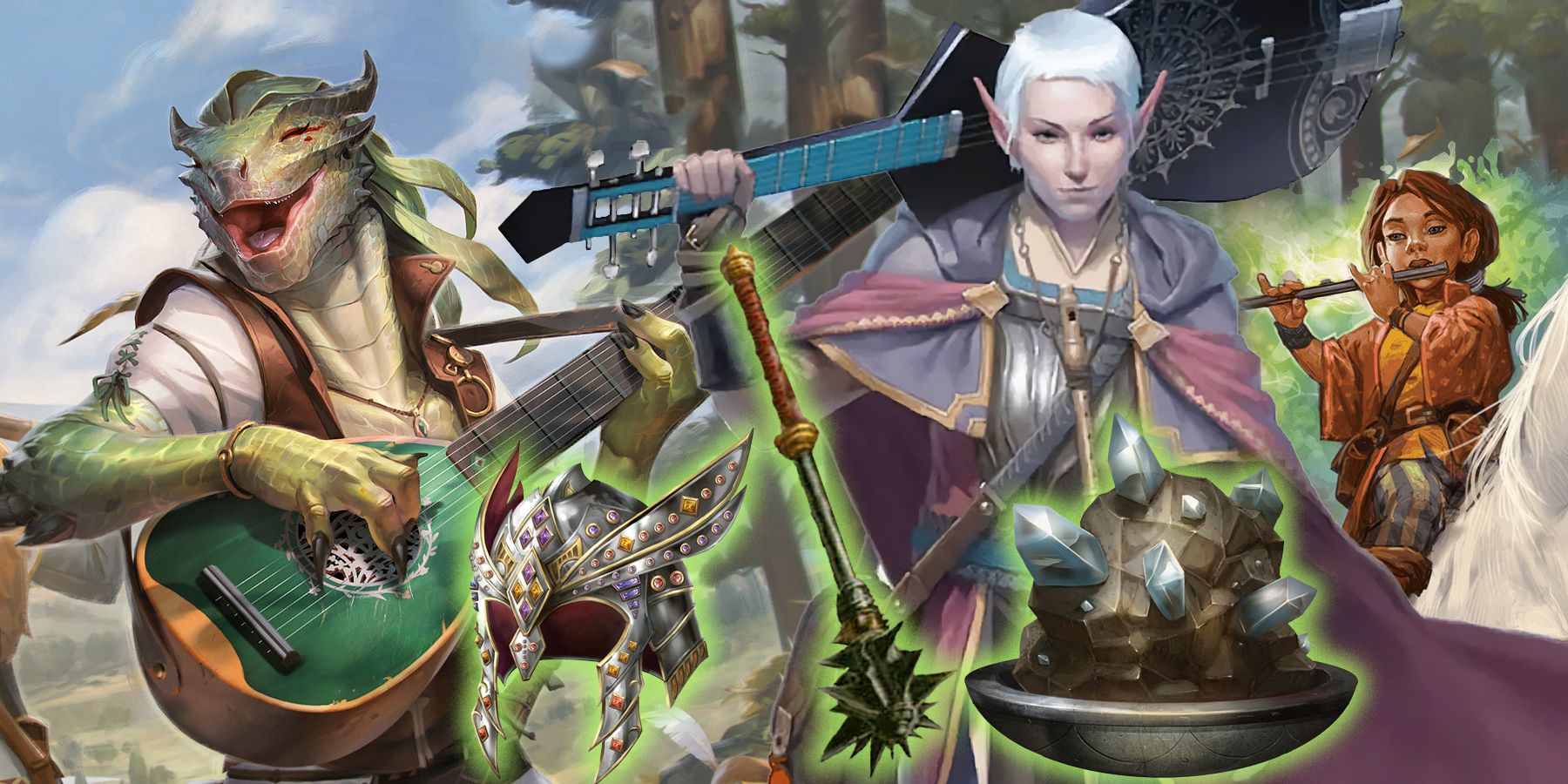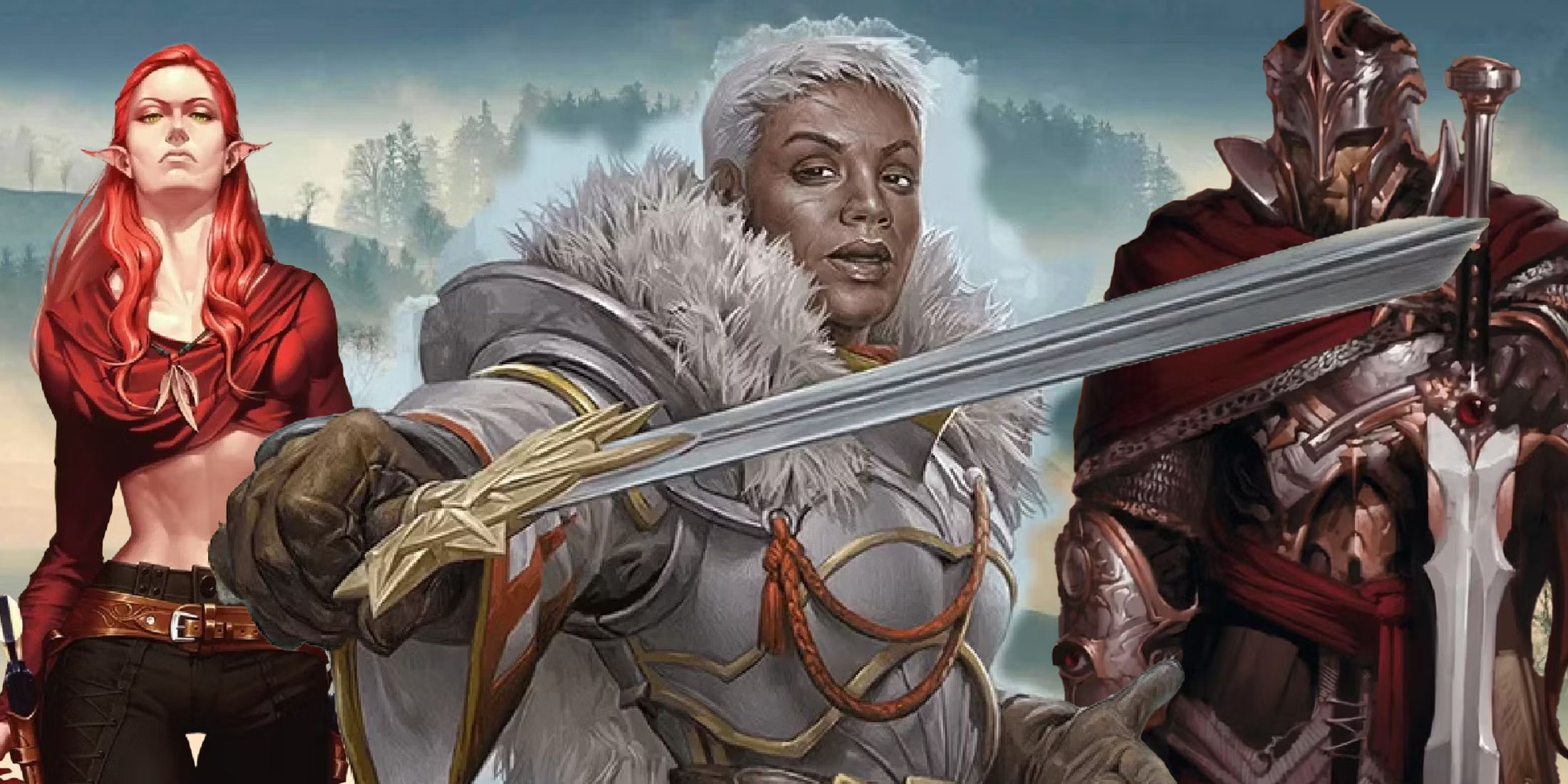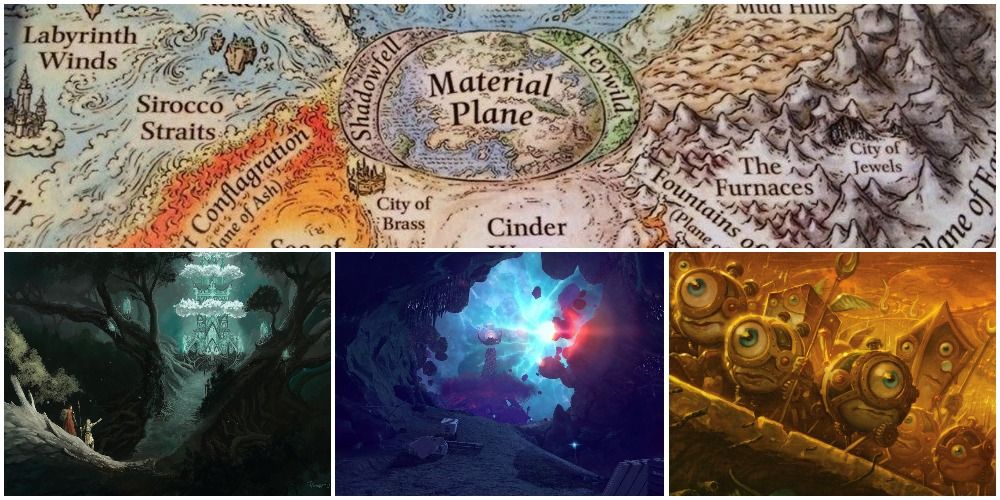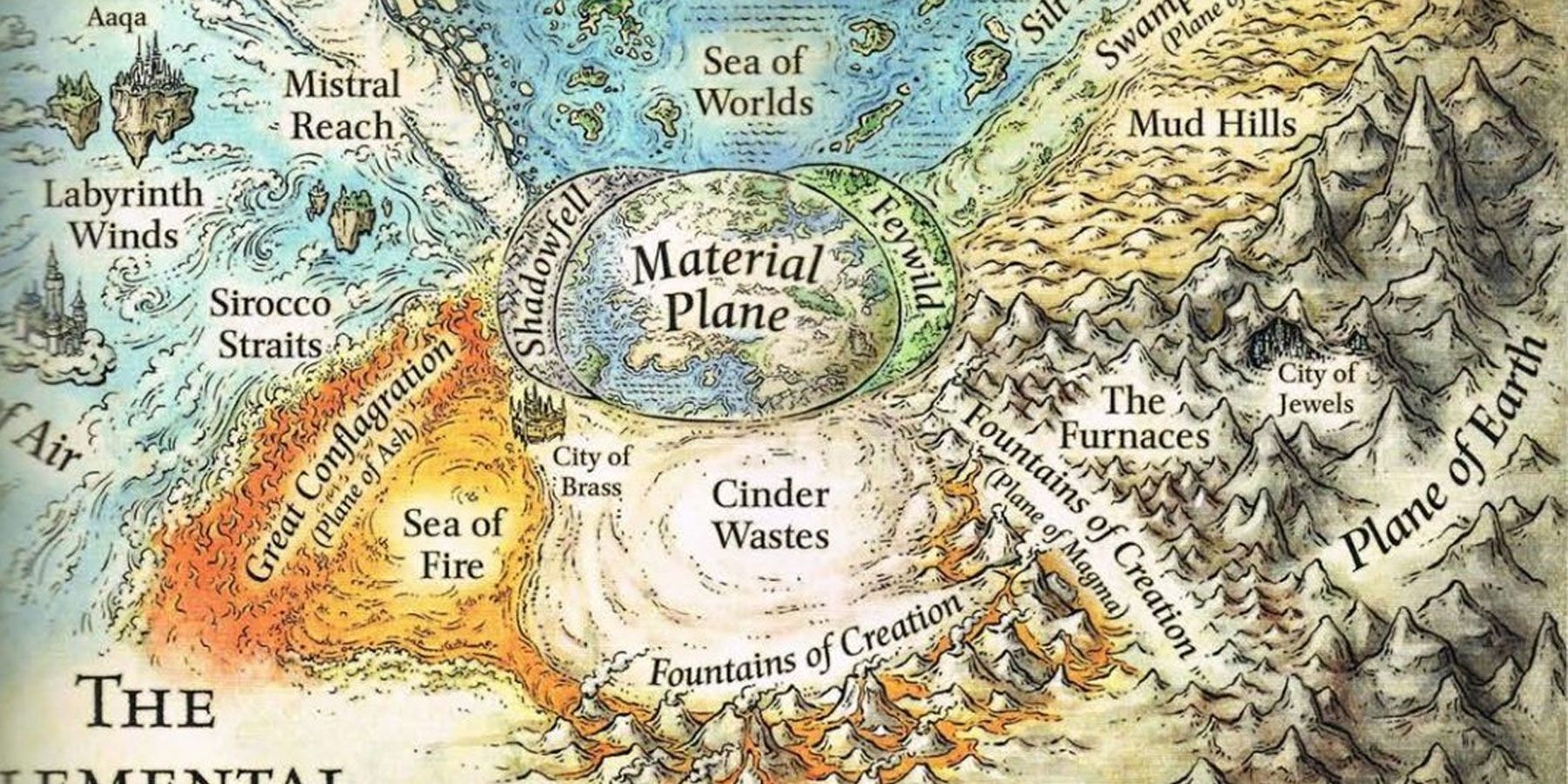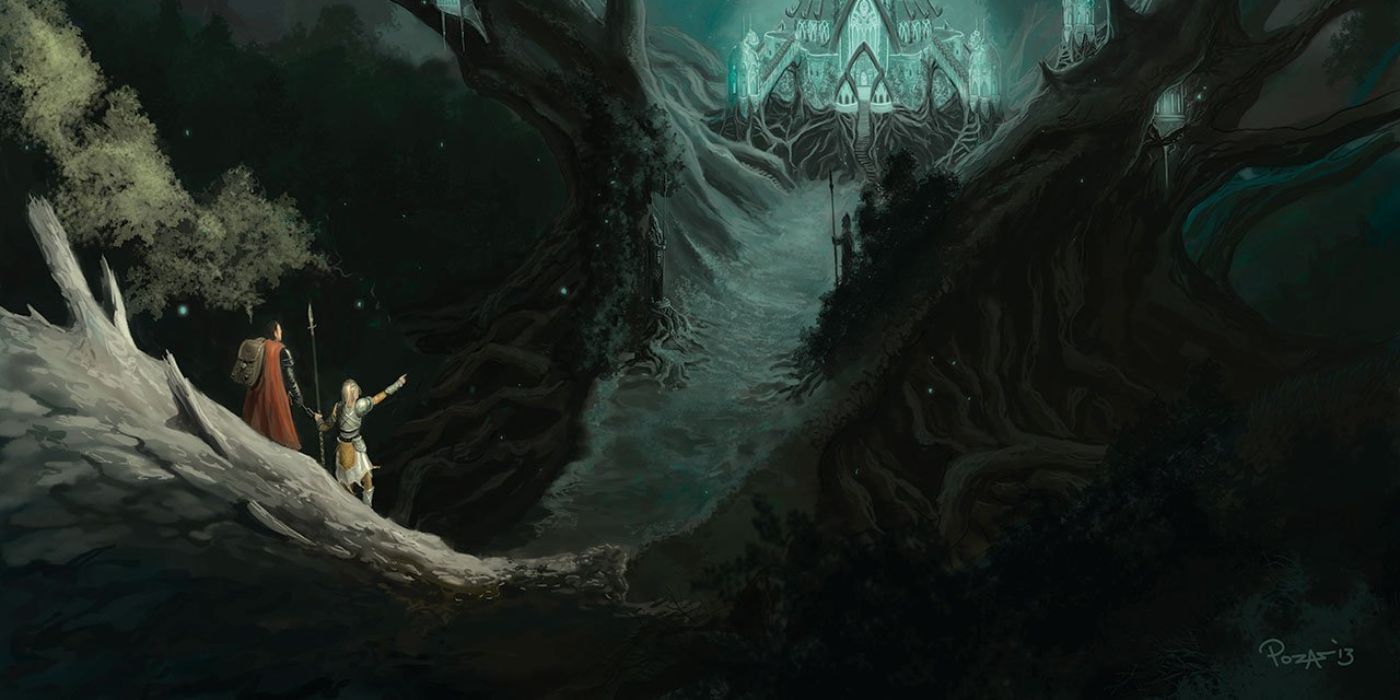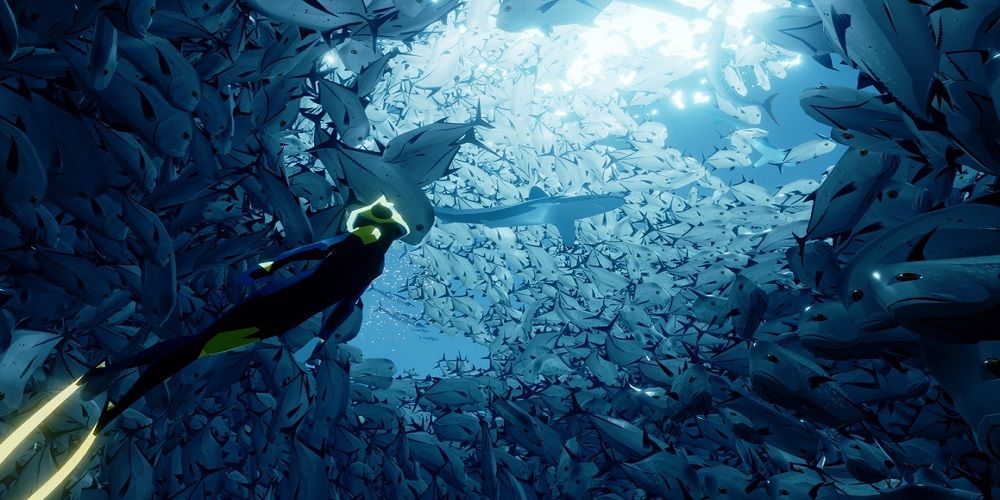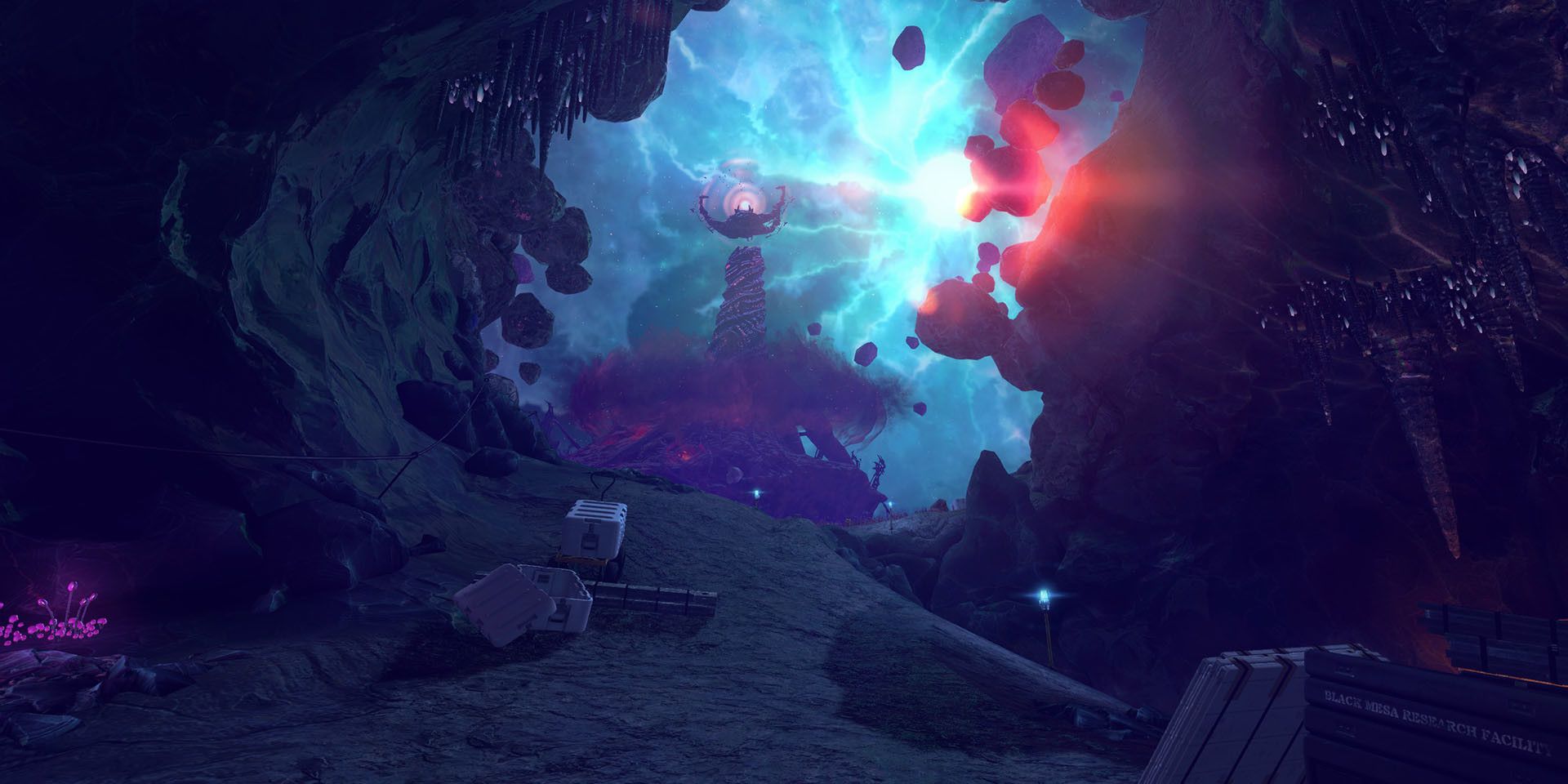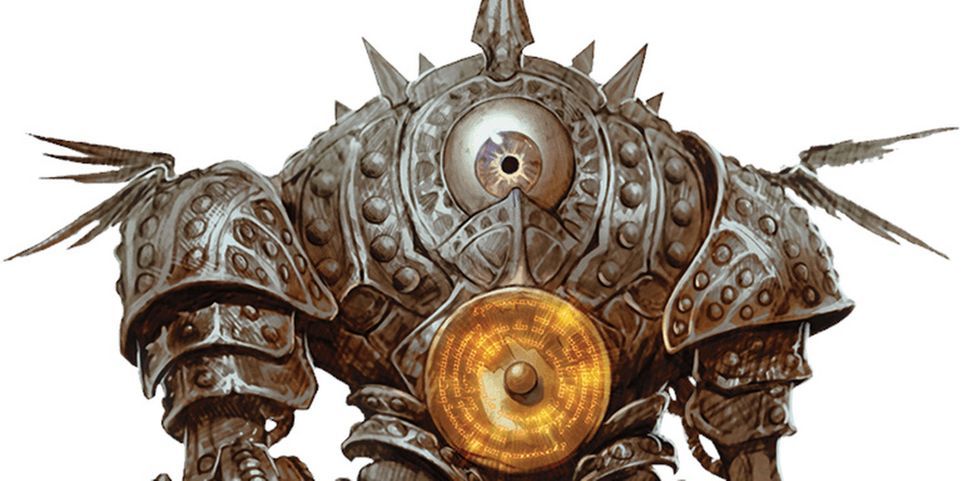Dungeons and Dragons has some extremely detailed lore, with the official "canon" including details on history, its own pantheon, and a variety of settings for dungeon masters to use. But the game goes well beyond a set of continents to explore - Dungeons and Dragons takes place in a multiverse, with multiple intersecting realities and dimensions known as planes. Planes come in many different forms, and each one is unique.
The degree to which they are actually seen by players may vary depending on the game. An ambitious DM might try to make an adventure that sees the players traveling across multiple planes, but it is more likely their impact will be indirectly felt on the game's setting. For instance, if a monster from another plane makes an appearance. There are even sourcebooks, such as Curse of Strahd and The Wild Beyond the Witchlight that provide material for adventures in specific planes.
Note:The following is based on material officially published by Wizards of the Coast. Details may vary in your campaigns.
6 Material Plane and the Cosmological Wheel
The Material plane is the closest thing in Dungeons and Dragons to Earth, and it is where most campaigns will take place. A lot of official Dungeons and Dragons settings like the Sword Coast and Forgotten realms can be found here. On a cosmic scale, the material plane acts as a link between realms, making it easier for celestial beings to travel across the multiverse.
The default cosmological model in Dungeons and Dragons is a wheel with the material plane at its center. Surrounding it, along with two adjacent dimensions, are the elemental planes which in turn are surrounded by the outer planes- dimensions built around ideas and abstract concepts.
5 The Feywild and Shadowfell
Directly adjacent to the material plane are two contrasting dimensions, the Feywild and the Shadowfell. The Feywild is a colorful surreal realm of uncontrolled magic, while the Shadowfell is a bleak realm of death and decay. Both act as mirrors to the material plane, often including distorted versions of landmarks. Entire cities on the material plane will be replaced with forests and grasslands in the Feywild, while the Shadowfell will twist them into unnerving forms straight out of a German expressionist film.
Of the two, the Feywild is arguably the more welcoming, but both have their own share of dangers for unprepared travelers. The Feywild has a tendency to operate outside of conventional logic, making it harder to navigate. It also does not help that various inhabitants can pose problems, ranging from mischievous creatures that have weird ides of "pranks" to much more sinister hags and meenlocks. The Shadowfell is not inherently evil but it is common to find evil beings there, including the iconic vampire Strahd.
Travel between both realms and the material plane is possible via portals. Portals to the Feywild are sporadic and unpredictable, appearing and disappearing seemingly at random. Portals to the shadowfell are more consistent, but only open at night at specific places and times.
4 Elemental Planes
The Elemental planes are four dimensions based on Aristotle's classical elements- air, fire, water, and Earth. Each of them is built primarily on their respective element, with bits and pieces of other planes occasionally leaking in. For instance, the elemental plane of water is literally an endless ocean without a surface. The elemental plane of fire is so hot that anyone foolish enough to step in without any sort of fire resistance will be incinerated in seconds. The elemental plane of air is like an endless sky. And the Elemental plane of Earth is made up entirely of compressed solid matter.
These come with some serious dangers. Of the four, the plane of air is probably the most welcoming on the grounds that anyone who ventures into it will actually be able to breathe. Traveling to the elemental plane of water will require the ability to breathe underwater, while the plane of Earth would require an ability to breathe the Earth itself, as well as a way to move through solids.
3 Astral Plane
The simplest description that could be given of the astral plane would be to call it "the space between spaces." The astral plane is the void between dimensions, and it is not even possible to physically travel to it. Instead, the only way to reach the plane is mentally through astral projection- literally, the person has to leave their own body to mentally reach the plane.
Upon entering there are a variety of things travelers might find, including portals to other dimensions and the bodies of fallen gods. There is even a playable race, the Githyanki, that are known to live here.
There is also a very dangerous monster, the astral dreadnought, that is known to inhabit this plane. Actually encountering one is extremely rare. but it can easily wipe out any unlucky party it manages to find.
2 Mechanus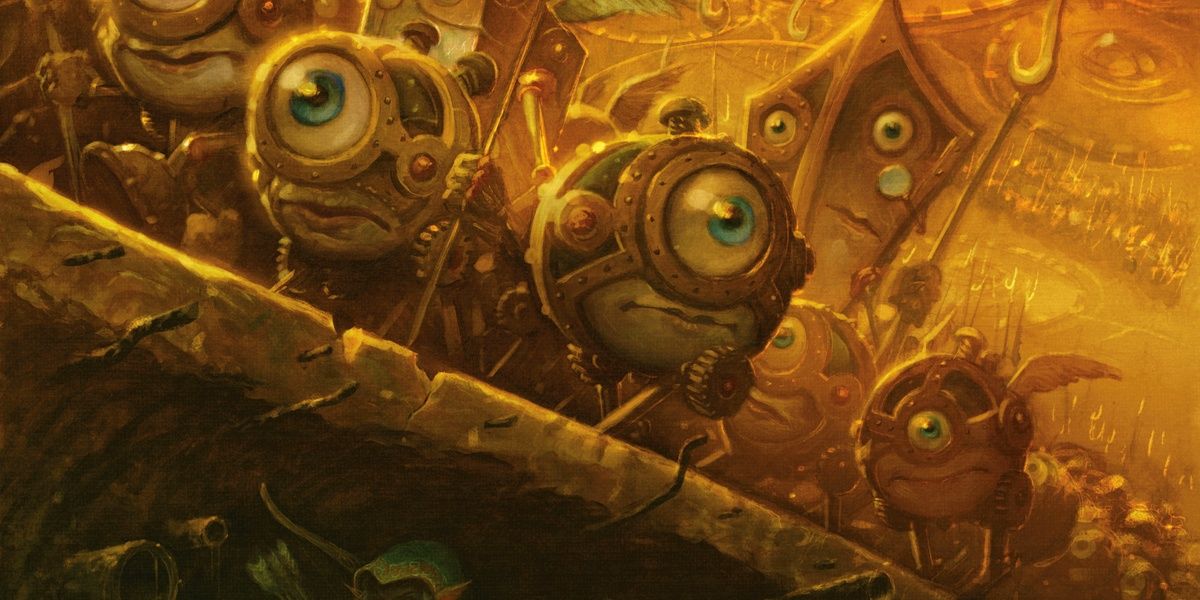
There are too many dimensions in the outer planes to cover in a single article, but one of the most interesting ones is Mechanus, a dimension built on machinery and clockwork in the most literal sense. The entire dimension is one giant machine, the purpose of which is unknown.
It is the ultimate representation of law and order, where rules are followed to the letter and everything serves a very specific function without fail. The most common residents of Mechanus are a race of mechanical creatures called modron that live in a social hierarchy based on their shapes, who blindly follow the clockwork god Primus.
1 The Inevitables
One of the lesser-known of the various strange monsters to inhabit the D&D multiverse are a strange race of constructs known collectively as the Inevitables. They are powerful entities that specialize in delivering swift justice across dimensions. Inevitables come in several different forms and focus on different things. Some pursue those who break contracts while others seek to eliminate undead. The rarest and most powerful of them, the Quarut, is tasked with preventing mortals from becoming gods.
The chances of actually encountering them may vary depending on the game and player choices, but generally, it is best not to make enemies of them. With an armor class of at least 27 and an ability to instantly heal, they are tough opponents that will easily annihilate the party. Escaping from them is also next to impossible. They are single-minded and will not give up. If a person tries to flee to another continent, the inevitable chasing them will literally walk across the ocean to get to them.

